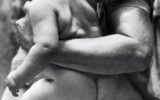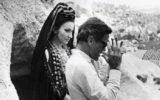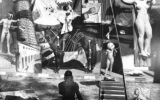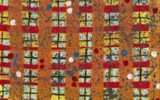Silicon Savior: Italian Journal Interviews Marco Marinucci On His New Venture
by Laura GIACALONE
Home to many of the world’s largest technology corporations as well as thousands of small startups, Silicon Valley is the place where the future is written. It is no accident that former Google manager and dynamic leader Marco Marinucci has decided to start his new (ad)venture – as he likes to call it – exactly from there.









